Stable exchange rate promised
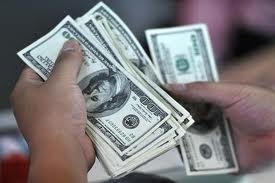 In early 2012, State Bank (SBV) governor Nguyen Van Binh confirmed the foreign exchange market would be on an even keel with the dong-dollar exchange rate fluctuating between 2 to 3 per cent in the year.
In early 2012, State Bank (SBV) governor Nguyen Van Binh confirmed the foreign exchange market would be on an even keel with the dong-dollar exchange rate fluctuating between 2 to 3 per cent in the year.
Binh also forecast a surplus of around $3 billion in the country’s general balance of payments in 2012.
SBV’s Ho Chi Minh City branch deputy director Nguyen Ngoc Thang assumed the city’s foreign currency market was relatively stable with a sharp fall in dollar speculation against some previous years.
Capital-thirsty businesses are expecting easier access to dollar lending on the back of high dong lending rates and allegedly stable dong-dollar exchange rate.
Reality shows that it would be even harder to source dollars in 2012 since the SBV has announced foreign currency credit would continue being directed towards ‘priority’ areas. In fact, export credit hiked up to 58 per cent last year.
According to SBV’s Hanoi branch deputy director Nguyen Van Hung the branch’s orientation in 2012 was to strictly control dollar lending to ensure foreign currency lending growth matching the capital raising capacity, while avoiding dollarisation of the economy.
Besides, the branch proposed the central bank tighten dollar lending requirements, making it harder for corporate customers to take on dollar loans.
“Dollar lending growth might eclipse that of dong lending in 2012 but firms not having dollar sources for debt payment could hardly get their hands on the greenbacks,” said a Vietcombank executive.
Local bank representatives said there was lately a sharp rise in the number of customers wanting to source dollar loans. Banks currently peg dollar lending with 5-6 per cent interest rates and dong lending with between 18-22 per cent interest rates.
In fact, the big gap in interest rates between dong and dollar lending made dollar loans a top choice for corporate customers from 2010 until the present.
Accordingly, dollar lending jumped 48.4 per cent in 2010, slighting retreating to 18.7 per cent in 2011 on the back of central bank’s credit tightening policies to tame inflation but it was still much higher than 10.2 per cent hike in dong lending.
What the stars mean:
★ Poor ★ ★ Promising ★★★ Good ★★★★ Very good ★★★★★ Exceptional
Related Contents
Latest News
More News
- The promotion of ESG via banking (November 21, 2024 | 09:32)
- Standard Chartered committed to Vietnam’s financial success (November 21, 2024 | 09:24)
- Full ESG adoption the priority for Agribank (November 21, 2024 | 09:07)
- Banks entice youth with tech advances (November 21, 2024 | 08:00)
- Banks shaping the future as business advisors (November 20, 2024 | 21:00)
- ESG represents a shift towards sustainability for banks (November 20, 2024 | 13:00)
- GGGI supports Vietcombank’s debut of $80 million green bonds (November 20, 2024 | 11:20)
- SHB and the ESG journey: creating social value in every step (November 19, 2024 | 15:00)
- Banking sector contributes to ESG, green growth, and sustainable development (November 19, 2024 | 14:42)
- ESG implementation in banking: from awareness to action (November 19, 2024 | 12:08)




 Tag:
Tag: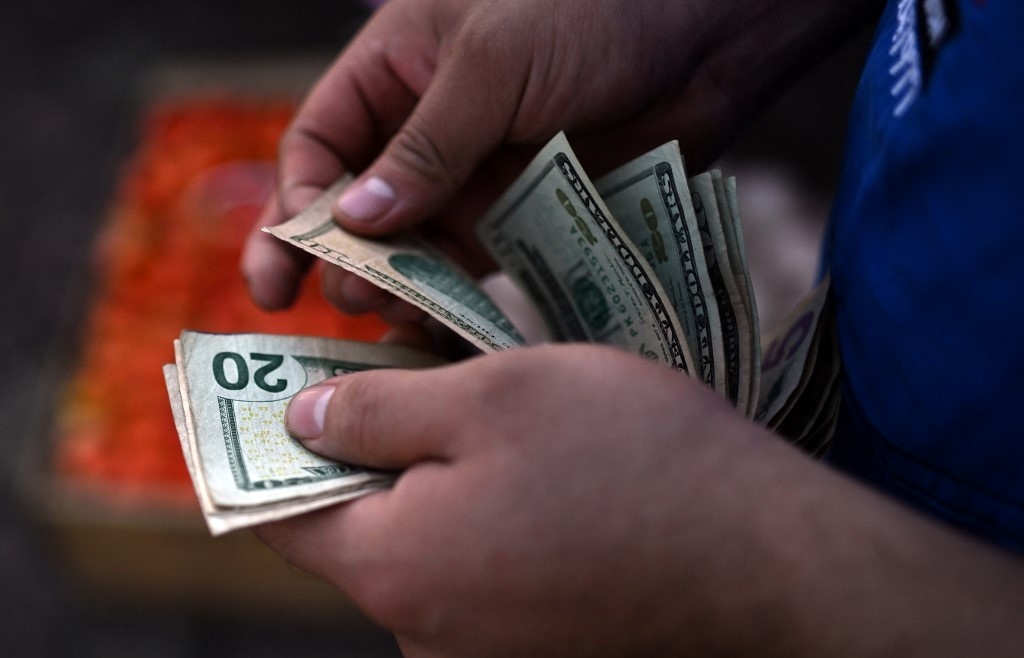
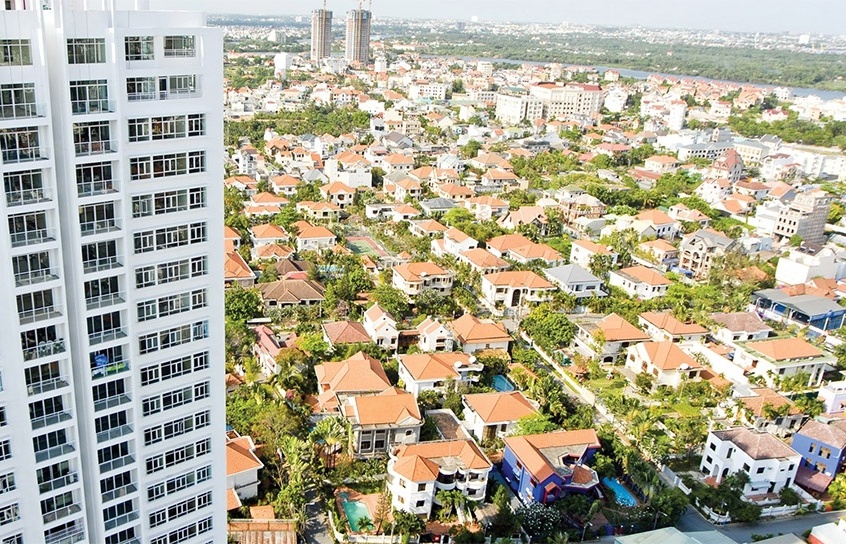

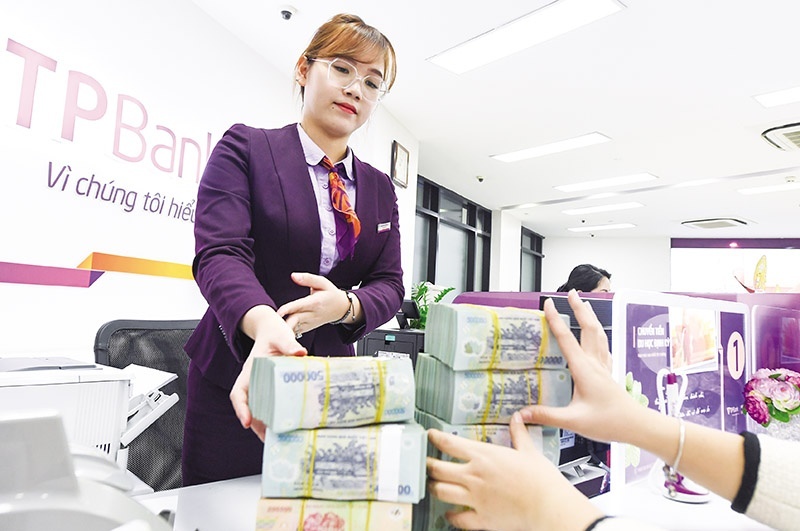
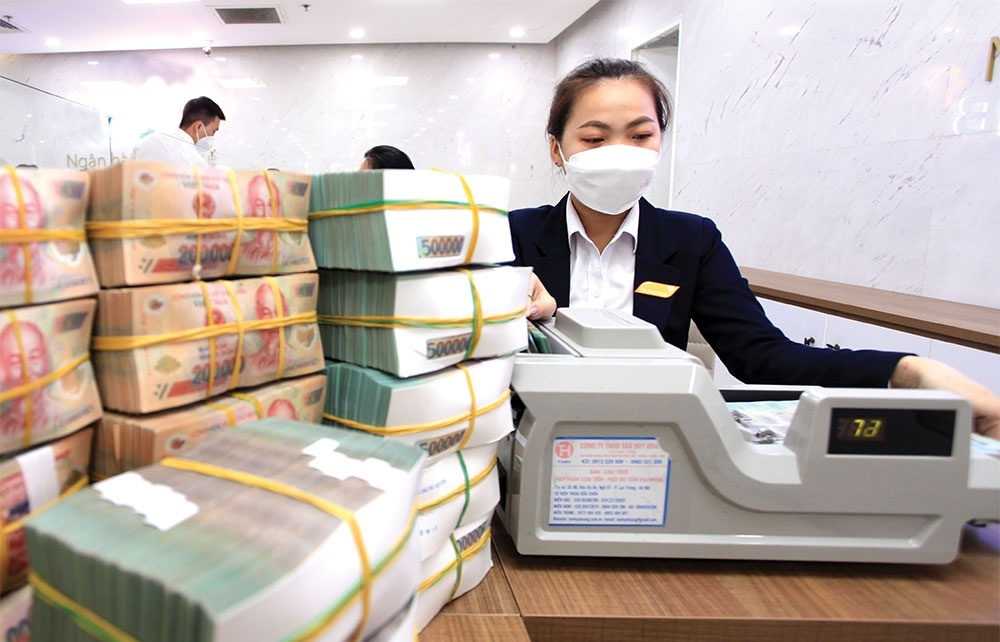
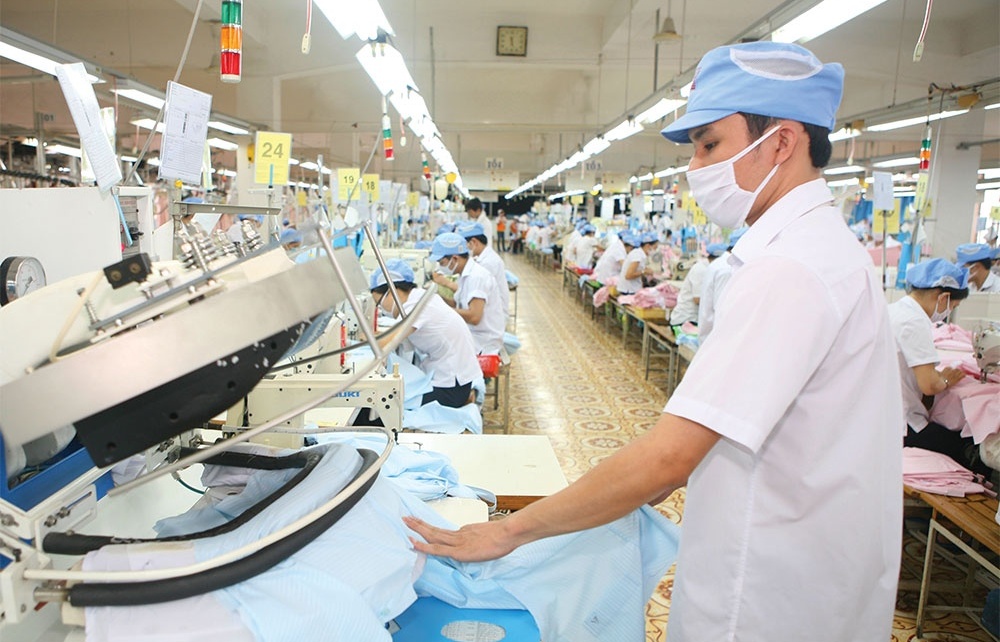













 Mobile Version
Mobile Version